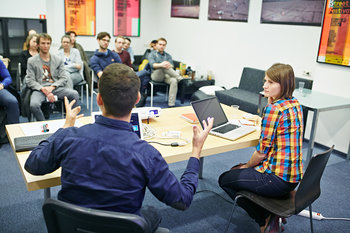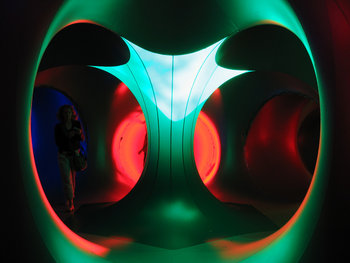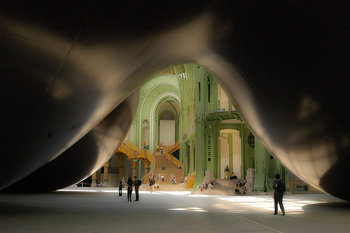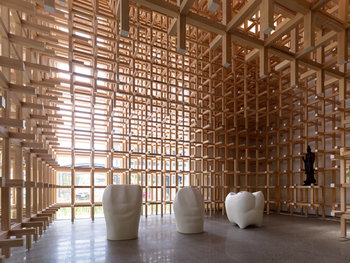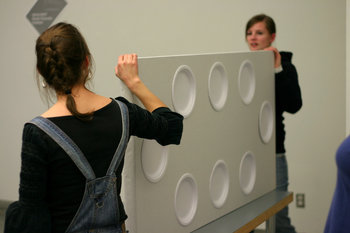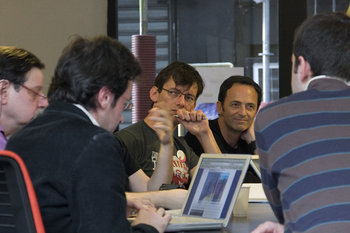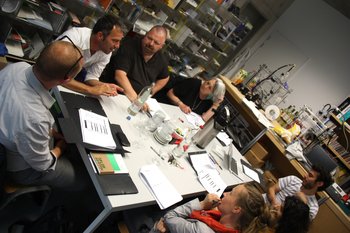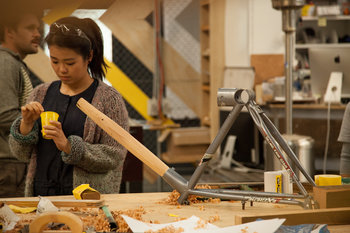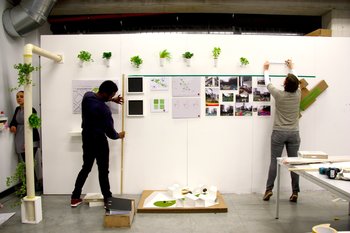
The Difference
Both design-to-value and design-to-cost apply to the requirements and design phase of a project. In the design-to-value approach, business units and designers seek to build the best possible product for the customer without much regard to cost. In this case, implementers of the design may be pushed to reduce cost despite expensive requirements and designs.In the design-to-cost approach, cost is a consideration from the start of the project with requirements designed to reduce cost. Designs aim to be as lightweight and efficient as possible to further reduce cost. Implementers are typically expected to push costs down as far as they can go and may have input into the design process.Design-to-Value Example
A solar firm supplies advanced solar panels for use in critical infrastructure and equipment such as spacecraft. They are completely focused on designing panels that are reliable, durable and high efficiency without much regard to cost.Design-to-Cost Example
A solar panel firm that serves the utility and consumer markets finds that the competition are consistently reducing prices and manufacturing costs. Their requirements and designs for new products are completely focused on improving the efficiency of manufacturing to achieve a lowerunit cost.Notes
In practice, most designs balance a number of constraints and goals including value, cost and schedule.| Design-to-Value vs Design-to-Cost | ||
Design-to-value | Design-to-cost | |
Definition | Requirements and designs that seek to maximize value to the customer. | Requirements and designs that seek to achieve a target cost. |
Purpose | Compete on quality | Compete on price |





